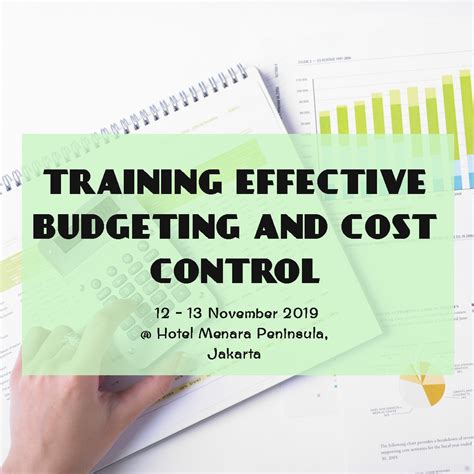Confronting the High-Interest Debt Challenge
For many men, the burden of high-interest credit card debt can feel like a silent, debilitating struggle. It’s a common issue, often compounded by societal expectations of self-reliance, which can make seeking help or even acknowledging the problem difficult. However, ignoring the issue only allows the high interest rates to compound, trapping you in a cycle that feels impossible to escape. The good news is that financial freedom is achievable with a clear plan, discipline, and the right strategies.
This article will delve into proven methods designed to help men not just manage, but aggressively eliminate high-interest credit card debt, paving the way for a stronger financial future.

1. The Debt Snowball vs. Debt Avalanche Method
Two of the most popular and effective debt repayment strategies are the Debt Snowball and Debt Avalanche methods. Both require you to make minimum payments on all cards, but focus extra payments on one specific debt.
- Debt Snowball: With this method, you pay off your smallest debt first, regardless of the interest rate. Once that debt is cleared, you take the money you were paying on it and add it to the payment of the next smallest debt. This continues until all debts are paid. The psychological wins of quickly eliminating smaller debts can be a huge motivator.
- Debt Avalanche: This method prioritizes debts with the highest interest rates first. You pay extra on the card with the highest APR, while making minimum payments on the others. Once the highest-interest debt is gone, you move to the next highest. This is mathematically the most efficient way to save money on interest.
Choosing between the two often comes down to personal preference: do you need the psychological boost of quick wins (Snowball) or are you purely focused on saving the most money (Avalanche)?
2. Harnessing Balance Transfers
A balance transfer credit card can be a powerful tool if used correctly. These cards often offer a 0% introductory APR for a period, typically 12 to 21 months. Transferring your high-interest balances to one of these cards can give you a crucial window to pay down debt without accruing additional interest.
Key considerations for balance transfers:
- Transfer Fees: Most balance transfer cards charge a fee, usually 3-5% of the transferred amount. Factor this into your decision.
- Paying it Off: It’s critical to have a solid plan to pay off the transferred balance before the promotional APR expires. If you don’t, the interest rate can jump significantly, sometimes even higher than your original card.
- New Spending: Avoid making new purchases on the balance transfer card. This defeats the purpose and can complicate your repayment plan.

3. Exploring Debt Consolidation
Debt consolidation involves combining multiple debts into a single, new loan, often with a lower interest rate and a more manageable monthly payment. This simplifies your repayment and can potentially save you a significant amount in interest.
- Personal Loans: A common method is to take out a personal loan with a fixed interest rate to pay off your credit card debts. This converts variable, high-interest debt into a predictable, lower-interest payment plan. Your credit score will impact the interest rate you qualify for.
- Debt Management Plans (DMPs): Offered by non-profit credit counseling agencies, DMPs involve the agency negotiating lower interest rates and a single monthly payment with your creditors. While effective, it might involve closing your credit card accounts and requires a consistent commitment.
- Home Equity Loans/Lines of Credit (HELOCs): If you own a home, using your home equity can offer very low-interest rates. However, this is a significant step as your home becomes collateral, putting it at risk if you default.
4. Mastering Your Budget and Spending Habits
No strategy will be fully effective without addressing the root cause of debt accumulation: spending habits. Creating and sticking to a detailed budget is fundamental.
- Track Everything: For a month, meticulously track every dollar you spend. This will reveal exactly where your money is going and highlight areas for potential cuts.
- Identify & Cut Non-Essentials: Are there subscriptions you don’t use? Dining out too often? Impulse purchases? Be honest about what you can temporarily cut or reduce to free up more money for debt repayment.
- The ‘Why’: Understand the triggers for your spending. Is it stress, boredom, or keeping up with others? Addressing the underlying emotional or psychological factors can be as important as the numbers.

5. Boosting Your Income
Sometimes, cutting expenses isn’t enough, or there’s simply nothing left to cut. In such cases, increasing your income can significantly accelerate your debt elimination journey.
- Side Hustles: Consider leveraging skills or hobbies to earn extra money. Freelancing, driving for a ride-share service, delivering food, or selling items online are popular options.
- Negotiate a Raise: If you’re employed, assess your value and prepare a case for a salary increase.
- Sell Unused Items: Declutter your home and sell items you no longer need or use on platforms like eBay, Facebook Marketplace, or local consignment shops.

Maintaining Momentum and Seeking Support
Eliminating high-interest credit card debt is a marathon, not a sprint. Consistency, resilience, and a positive mindset are crucial.
- Stay Accountable: Share your goals with a trusted friend, partner, or a financial mentor. Regular check-ins can provide motivation and accountability.
- Celebrate Small Wins: Acknowledge your progress, no matter how small. Paying off a card or hitting a savings milestone can reinforce positive habits.
- Professional Help: Don’t hesitate to seek advice from a financial advisor or a non-profit credit counseling agency. They can offer personalized guidance and help you navigate complex situations.
By implementing these proven strategies and committing to a disciplined approach, men can effectively confront and conquer high-interest credit card debt, building a foundation for lasting financial stability and peace of mind.




